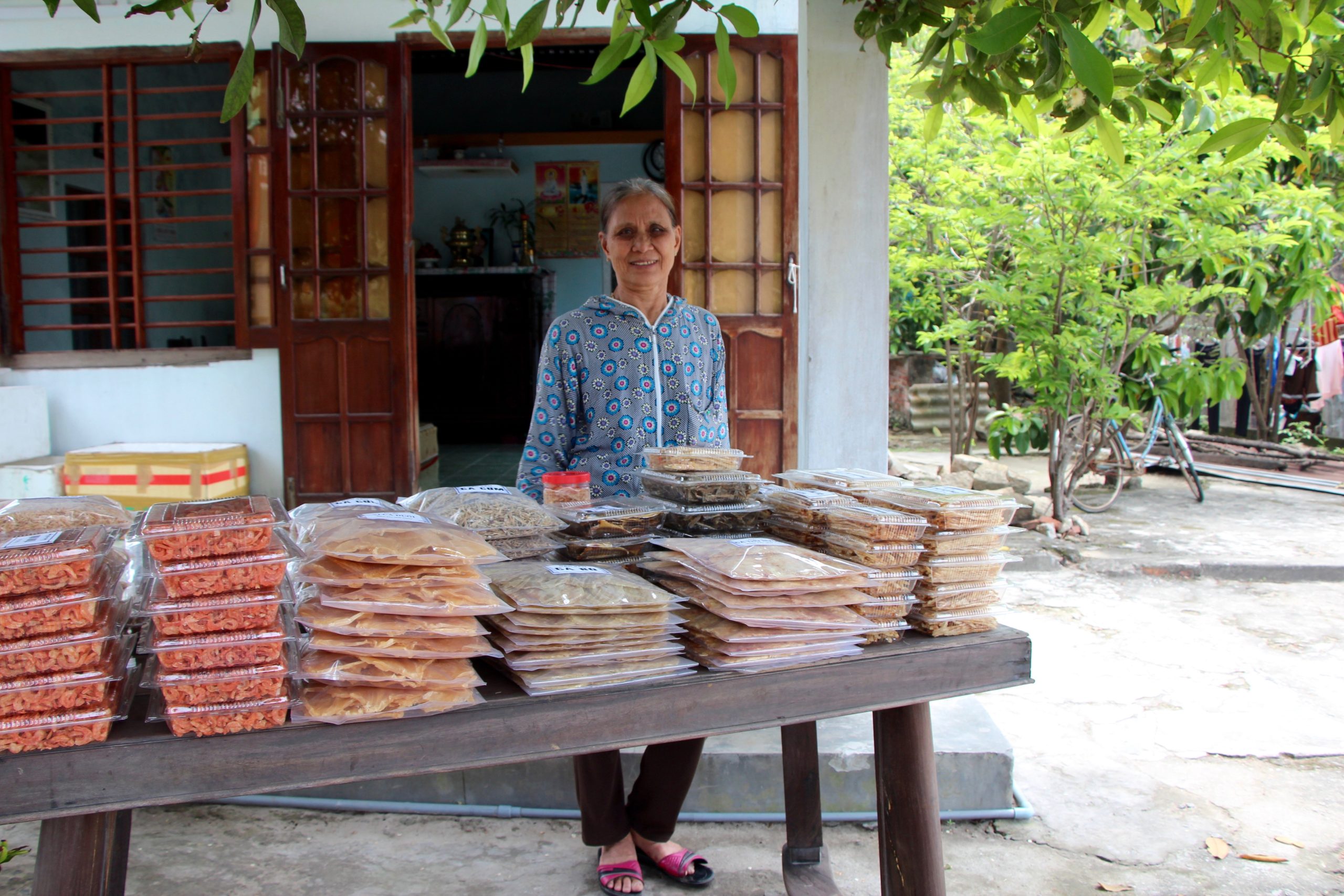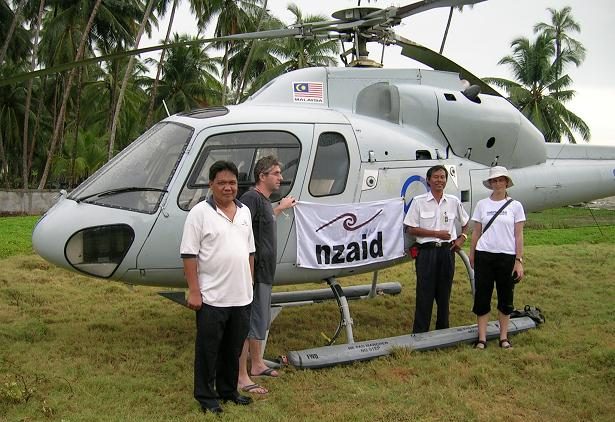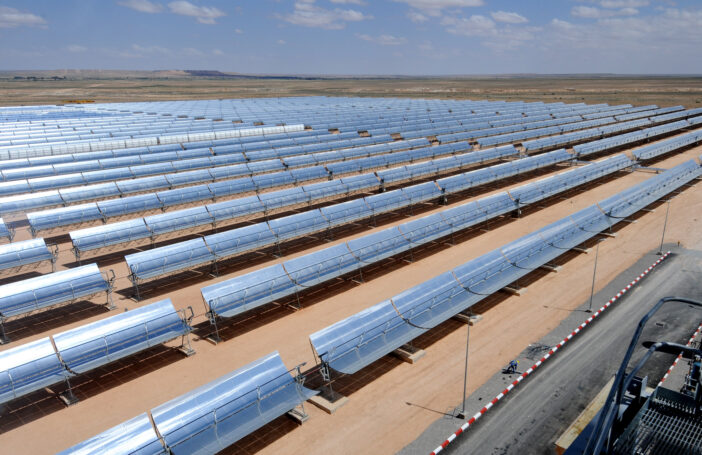In the May federal budget, the Australian Government announced it would lift the cap on its Emerging Markets Impact Investment Fund (EMIIF) from $40 million to $250 million. This was one of the most significant announcements in the international development program budget this year. So what is EMIIF? And could it pave the way for a bigger, bolder approach by Australia to climate and development finance for our region?
EMIIF was established by the Department of Foreign Affairs and Trade (DFAT) in 2020 to provide access to finance for small and medium-sized businesses (SMEs) in the Asia-Pacific. SMEs can improve lives by providing jobs, as well as goods and services such as education, health or financial services. But they often struggle to secure the finance they need to grow their impact.
A traditional aid approach might solve this problem by providing grants to individual SMEs. EMIIF takes a different approach, often described as “blended finance”. It aims to build a market for SME finance by providing loans or equity to intermediaries (SME funds) that on-lend to high-impact enterprises. EMIIF supports promising new fund managers to secure additional investment and make strong returns, so that the next time they raise capital they don’t need EMIIF’s help. Like a commercial investor, EMIIF aims to get its money back. It is then free to invest its returns in the next tranche of emerging fund managers, further growing the ecosystem.
Blended finance approaches take time to yield results. But early EMIIF outcomes are promising. A recent study commissioned by DFAT found that EMIIF has mobilised $94 million in private sector finance, including from several Australian family offices as well as global institutional investors – a mobilisation rate of 1:5. EMIIF’s capital has supported 16 SMEs in Vietnam, Indonesia, Bangladesh and the Philippines and, according to the report, has helped these enterprises generate new full-time employment opportunities, the majority of which have benefitted women.
These early results were strong enough for the government to commit in this year’s budget to expanding EMIIF more than six-fold, from its $40 million pilot to a $250 million fund with a bigger focus on climate and clean energy investments. The expanded EMIIF will also maintain its existing focus on supporting women through a “gender lens” investing approach. This is welcome, and DFAT should move swiftly to take the additional budget steps needed to capitalise the expanded fund. DFAT should also share learnings from EMIIF by publishing details of EMIIF’s successes, challenges and even failures through regular performance reporting and ongoing independent impact evaluations.
But let’s put EMIIF in context. The climate change challenge in Asia and the Pacific is immense. ASEAN countries (EMIIF’s core geographic focus) stand to lose 17% of annual GDP from a 2 degree Celsius temperature rise. The region is also an increasingly significant contributor to global greenhouse gas emissions. After the US, China and the EU, Southeast Asia is the world’s fourth-largest energy consumer and 83% of its power comes from fossil fuels. The estimated climate finance gap for the ASEAN region is US$180 billion annually to 2030. This is equivalent to 600 EMIIF’s every year.
If the Australian Government is serious about putting climate at the forefront of its foreign policy and deepening relationships with regional partners, it needs to scale up climate support in the region. Attention on the government’s modest climate finance commitments will only increase if, as expected, Australia is confirmed as the host of the UNFCCC COP31 conference in 2026. Public finance via grants (the Australian development program’s bread and butter) will continue to play an important role, but new tools are needed to attract private capital at scale.
Last year, Minister for International Development and the Pacific Pat Conroy launched a development finance review to consider “new forms of development finance to support Australia’s foreign policy, trade, security and development objectives” by crowding in commercial and philanthropic capital. He is not alone in wanting to leverage growing pools of private money for public purposes. Australian Treasurer Jim Chalmers wants superannuation to fund Australia’s nation building activities. And internationally, the need to convert “billions to trillions” to meet the Paris Agreement and Sustainable Development Goals is now a familiar donor refrain.
But in practice, few do it well. Global blended finance flows are stagnating, and multilateral and development finance banks have been criticised for weak impact approaches, limited transparency, and crowding out the private sector.
Australia is one of few OECD donor countries that do not have an international development finance institution, but we do have successful blended finance experience to draw on. While it is still small, EMIIF shows signs of being genuinely catalytic and impact focused. It has several features that development banks (and commercial investors) often lack: a hands-on investment approach, patient and flexible capital (which can accept a lower than market return), a budget for technical assistance, and a clear impact mandate. Closer to home, Australia’s domestic green bank, the Clean Energy Finance Corporation, also has a strong track record of mobilising private investment from which lessons can be drawn.
In submissions to the government’s development finance review, the Australian Sustainable Finance Institute and the Australian Council for International Development recommended the government build on its successful programs and establish a dedicated international development finance capability. The focus should be private sector projects in developing ASEAN countries (different approaches will be required in the Pacific countries). A new, dedicated blended finance capability should be properly resourced, have a clear development impact mandate, and operate at arm’s length to government.
Existing Australian international financing vehicles, such as Export Finance Australia and the Australian Infrastructure Financing Facility for the Pacific, are not in their current form well suited to perform blended finance functions. Likewise, DFAT – as a primarily foreign policy and diplomatic agency – does not have the culture or institutional independence to design and implement an Australian blended finance capability of significant scale.
Originally planned for late last year, release of the development finance review is expected imminently. The passage of time has only strengthened the case for the government to expand its blended finance capability and portfolio. The conditions to support such a move – including a deepening of Australia’s engagement in the region, strengthened domestic climate targets and policies, and a firming of Australia’s COP31 bid – are also stronger than ever.
The review is an opportunity for Australia to take meaningful steps to show up for regional partners on climate, back-in our promises, and support sustainable growth, trade and investment in our region. If we don’t, it will be an opportunity missed.






Fantastic to see EMIIF’s expansion. Great article and clear explanation of the model. A real field building initiative which could be replicated locally as well.